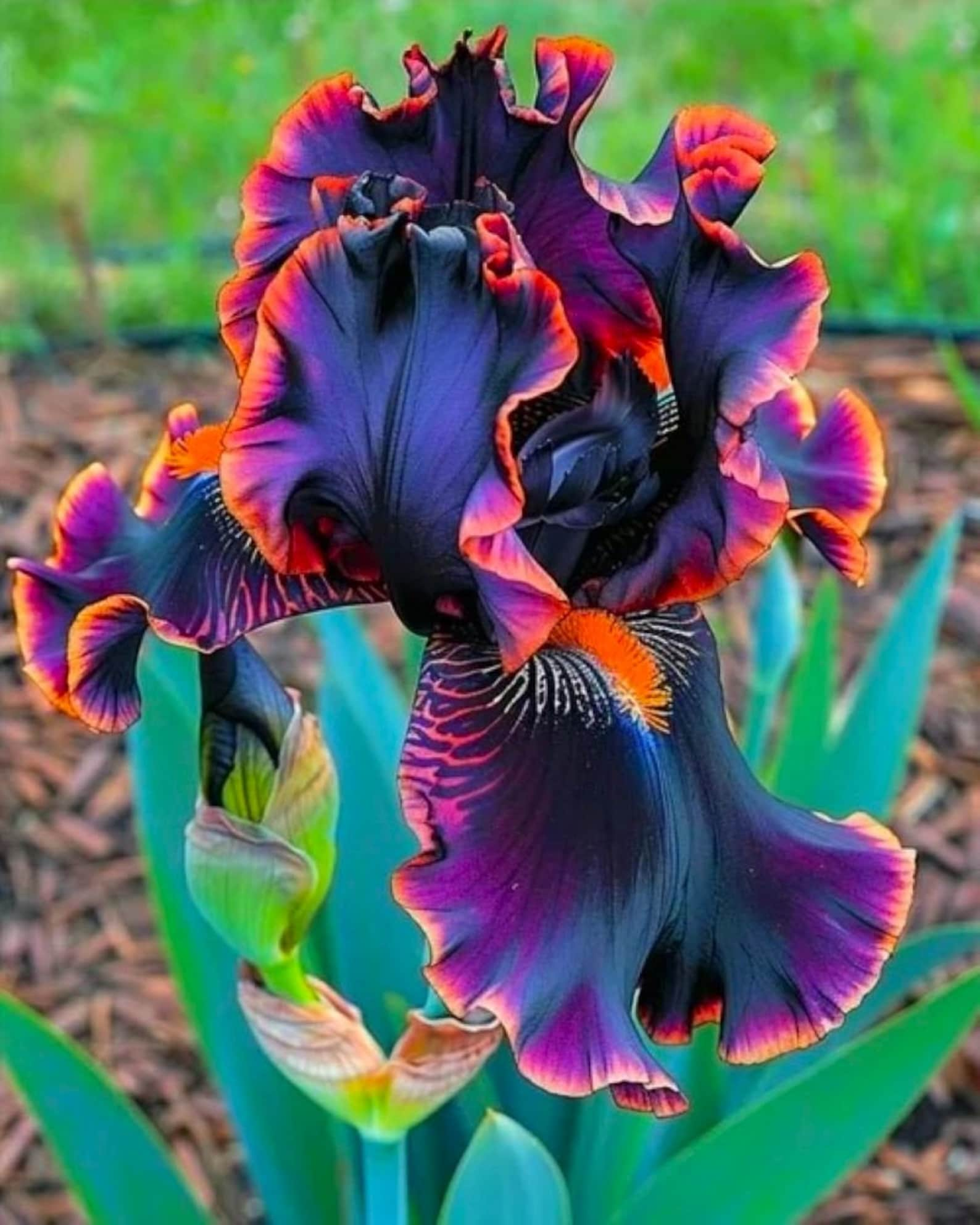CodeAlpha: Iris Flower Classification 🌸
About the Project
The Iris Flower Classification project predicts the species of an Iris flower (Setosa, Versicolor, or Virginica) using four key features — sepal length, sepal width, petal length, and petal width. The project covers a complete ML workflow: data exploration, preprocessing, model training, and evaluation.
Try the Iris Classifier 🌿Project Explanation
Watch this VIDEO presentation for a step-by-step explanation of the Iris Classification workflow.
About Iris Flowers
Iris, derived from the Greek word for "rainbow", is a diverse genus of over 300 species of flowering plants known for their stunningly beautiful and varied blooms. They are popular garden flowers and hold cultural significance across various societies.
Key Characteristics
- Growth Habit: Rhizomatous or bulbous.
- Leaves: Sword-shaped for rhizomatous, narrow for bulbous.
- Flowers: Six-lobed; outer sepals "falls", inner petals "standards".
- Bearded vs Beardless: Some have fuzzy "beard" on falls.
- Colors: Wide range of rainbow colors.
- Size: From few inches to five feet tall.
Types of Irises
- Bearded Irises – classic garden irises with showy flowers.
- Beardless Irises – Siberian, Japanese, Spuria, Louisiana, Pacific Coast types.
- Bulbous Irises – Dutch and Reticulata, used in rock gardens or borders.
- Yellow Flag Iris (Iris pseudacorus) – A vigorous water iris, recognized by bright yellow blooms, native to Eurasia and North Africa and often used in water purification.
- Blue Flag Iris (Iris versicolor) – Native to North America, known for bluish-purple flowers with yellow or white signals.
- Foetid Iris (Iris foetidissima) – Noted for its orange-red seeds visible in autumn and winter and tolerance for shade and poor soils.
- Blackberry Lily (Iris domestica) – Formerly Belamcanda chinensis, displays orange flowers with red spots.
- Black Iris (Iris chrysographes) – Captivating deep purple-black blooms.
- Crested irises – Possess a prominent crest or ridge on the falls instead of a beard.
Cultivation
- Sunlight: 6–8 hours full sun preferred.
- Soil: Well-drained; rhizomes partially exposed.
- Watering: When top 2 inches dry.
- Fertilizing: Low-nitrogen or balanced in early spring and after flowering.
- Division: Every 3–5 years for best growth.
Cultural Significance
- Symbolism: Fleur-de-lis, royalty, nobility.
- Art: Depicted by Vincent van Gogh.
- National/State Flowers: Jordan, Croatia, Michigan, Louisiana, Quebec, Tennessee.
- Orris Root: Used in perfumes, gin, traditional medicine.
- Water Purification: Iris pseudacorus consumes nutrient pollutants.
Gallery






Dataset
The dataset contains 150 samples with four numerical features: sepal length, sepal width, petal length, and petal width. The target is the species of the flower. The Iris dataset is one of the most well-known and widely used datasets in the field of machine learning, originally introduced by the British biologist and statistician Ronald A. Fisher in 1936. It is frequently used as a beginner-friendly dataset for multi-class classification tasks, making it an excellent choice for testing and comparing different classification algorithms. This dataset contains 150 samples of iris flowers, divided evenly among three distinct species:
- Iris Setosa
- Iris Versicolor
- Iris Virginica
-
-
Each sample is described by four numerical features that represent key measurements of the flower:
- SepalLengthCm – The length of the sepal in centimeters.
- SepalWidthCm – The width of the sepal in centimeters.
- PetalLengthCm – The length of the petal in centimeters.
- PetalWidthCm – The width of the petal in centimeters. Source: Kaggle Iris Dataset